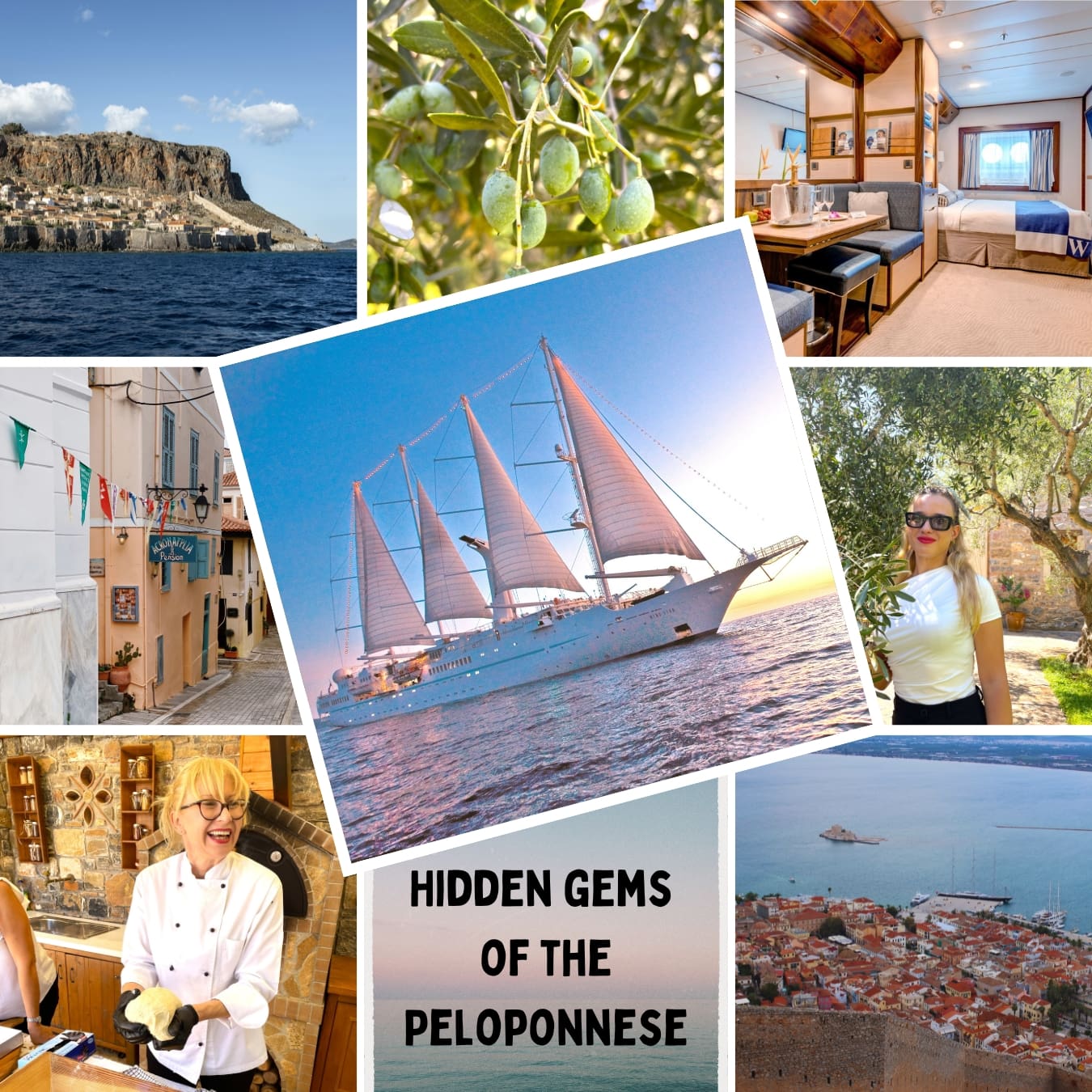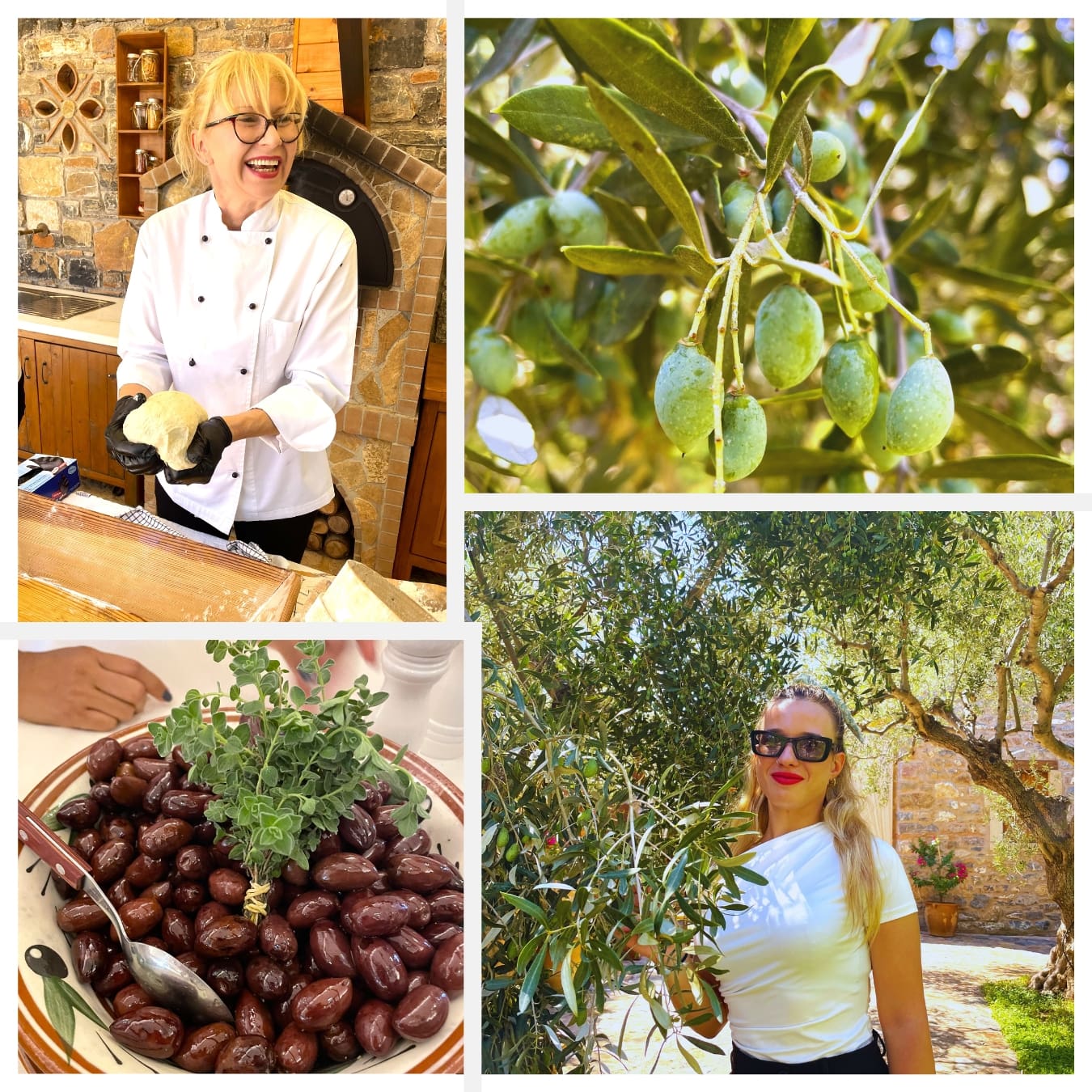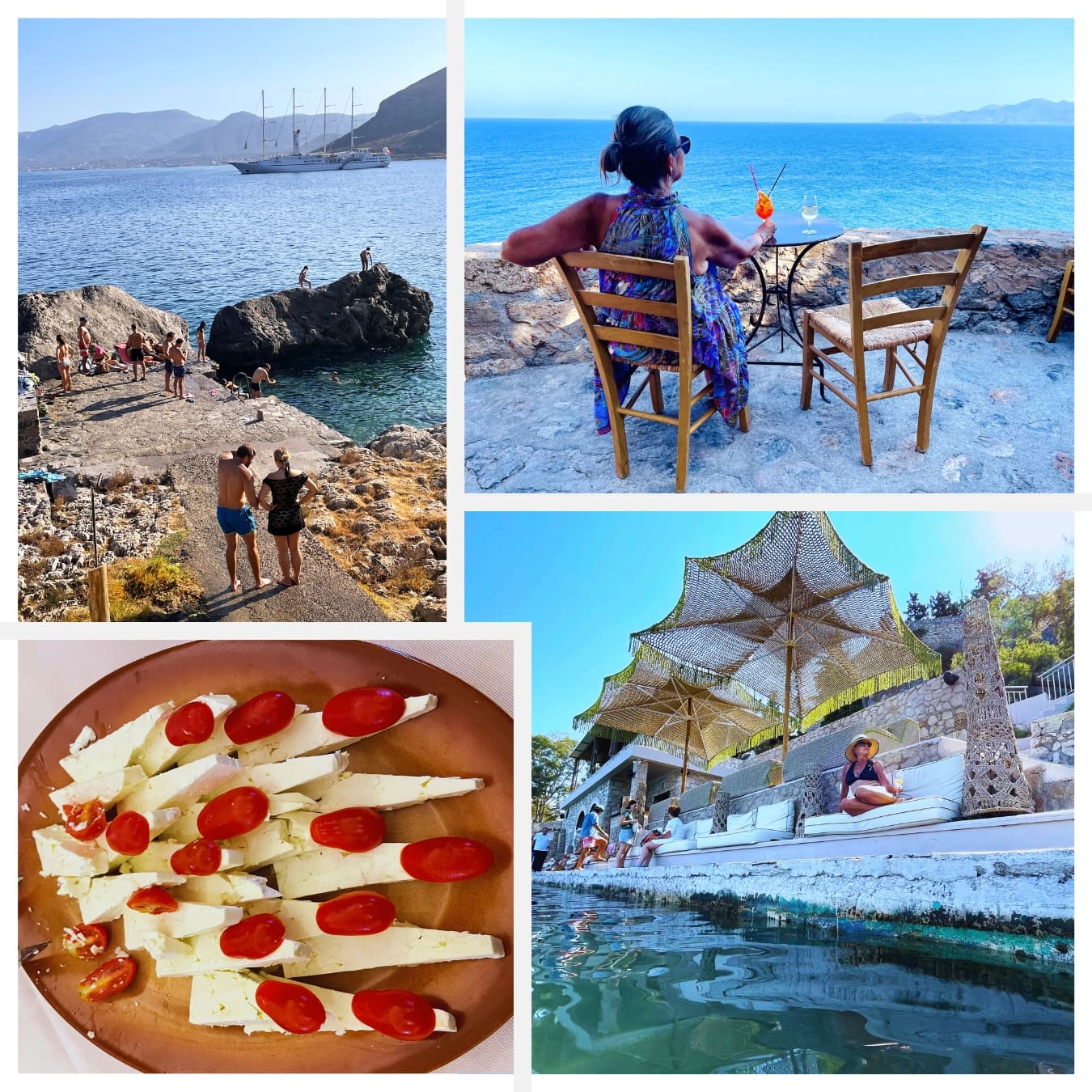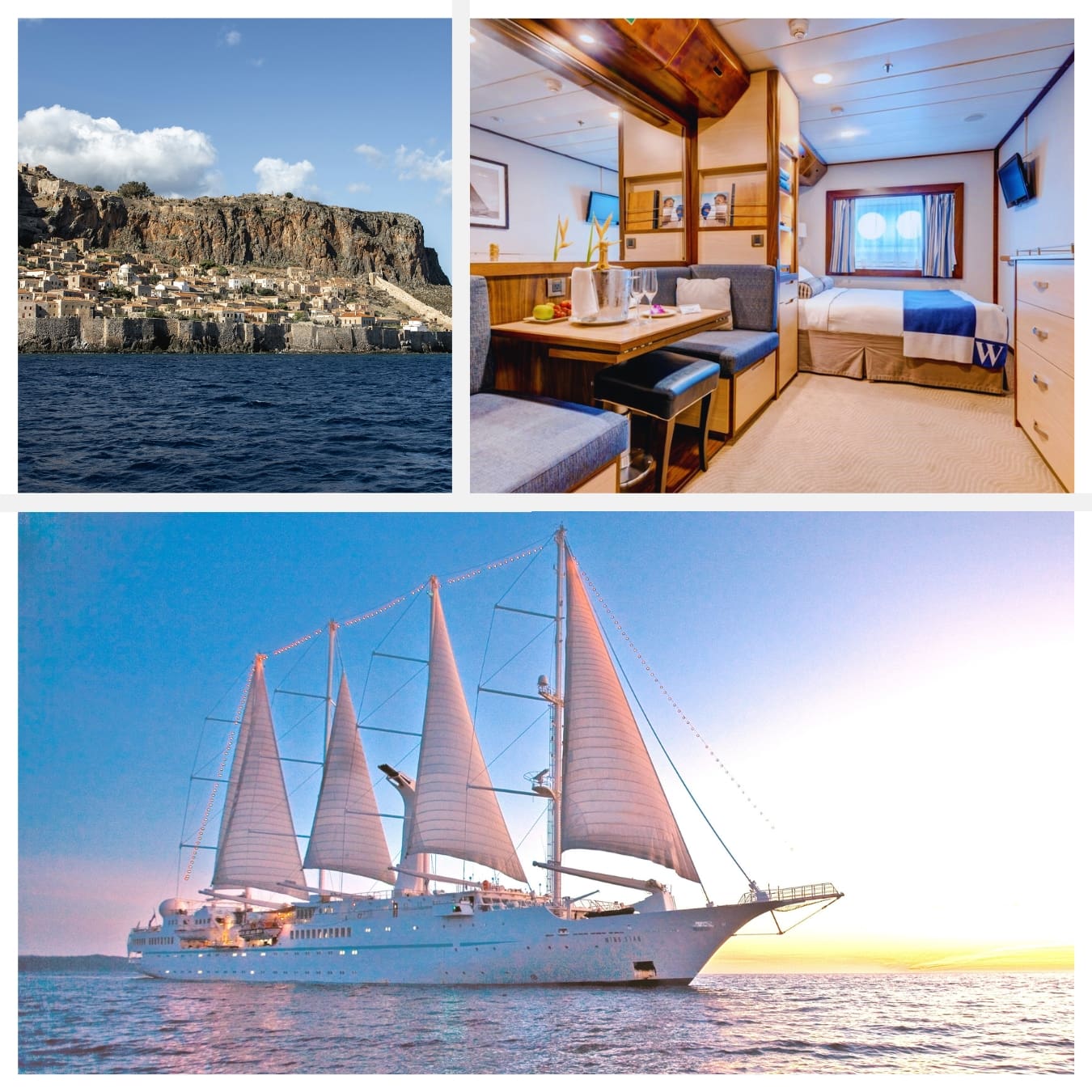
Discover the little-known, but up-and-coming port stops of Monemvasia and Nafplio Greece
Steve MacNaull
Everyone is young and beautiful in Monemvasia. So says our tour guide Tina Leimoniti with a laugh. I picked up this grandiose declaration at Liotrivi Olive Oil Estate, in an enclave of bubonic agriculture on the Peloponnese Peninsula of Greece as part of a group on an excursion from the boutique sailing cruise ship Wind Star.
“Olives and olive oil are magic,” says Leimoniti. “Per person we Greeks consume 30 litres of olive oil a year in everything from dips, salad dressings and every recipe, including cakes, to cosmetics and soaps. It’s why we’re all young and beautiful.”
Olive oil is a key ingredient in the revered Mediterranean diet and is touted not just for its gourmet contributions, but health benefits ranging from boosting the immune system to helping prevent cancer, Alzheimer’s and high blood pressure.
That’s why Leimoniti recommends we all also take a teaspoon shot of olive oil on an empty stomach every morning for the rest of our lives. To get optimum results the shot must be a premium, organic, extra-virgin version of olives cold-pressed (usually at night when it is 22C or cooler) of fruit picked that day.
Such olive oil is high in health-promoting polyphenols (antioxidants and anti-inflammatory properties). We get this pep talk while gathered in Liotrivi’s olive grove, dappled Mediterranean sun dancing through the branches and leaves of the trees. It’s hopelessly atmospheric and romantic (and healthy).

1) Dough for the traditional Greek bread propyra is prepared by chef Daniela Rousso at Liotrivi Olive Oil Estate. 2) Kalamata olives are part of the traditional lunch at Liotrivi Olive Oil Estate.
3) Olives growing on the tree at Liotrivi Olive Oil Estate. 4) Guide Tina Leimoniti in the olive grove at Liotrivi Olive Oil Estate in Monemvasia.
At this point we’ve already been through the technicalities of how olives are picked, crushed by a volcanic stone and then pressed just once (for extra-virgin) while in a sack made of goat’s hair to produce artisanal oils. So, it’s time to amble over to the outdoor courtyard kitchen where Liotrivi’s chef Daniela Rousso is kneading dough for propyra.
It’s a traditional Greek bread based on sourdough, but with ample splashes of olive oil topped with yet more olive oil, chopped olives, sea salt and herbs. Through the magic of a culinary time lapse (the chef had also done it all earlier, so baked bread is coming out of the wood-fired stone oven), we can sit down to life-changingly simple lunch of hot propyra, olive oil dip, glistening, black Kalamata olives, feta cheese and cherry tomatoes with Liotrivi’s private-label Peloponnese white, rose and red wines. It’s considered by the Greeks to be a humble, farm lunch that also happens to be oh-so fresh, delicious and decadent.
Sated from the farm, we next wander Old Town Monemvasia’s charming labyrinth of narrow streets to Bastione Malvasia Cafe for more wine and a panoramic Med view. We can’t stop talking about how lucky we are to be experiencing such a picture-perfect day. On our walk back to the tender pick up point for the cruise ship, we just had to stop and cool off at a jumping rock swimming spot, in our underwear, no less, because we’d neglected to pack our swimsuits.
The next day, we repeat the Old Town wandering, swimming in the Med and lunch with wine itinerary at another Peloponnese port – Nafplio. Being on the Peloponnese Peninsula of mainland Greece, Nafpilo and Monemvasia have a different vibe than the whitewashed houses and blue domes of the Greek isles. First of all, Nafpilo and Monemvasia have different architecture – exposed stone and brightly coloured stucco with terracotta roofs.

1) Jumping rocks swimming spot in Monemvasia with the Wind Star in the background. 2) The view from Bastione Malvasia Cafe in Old Town Monemvasia.
3) Feta time at Liotrivi Olive Oil Estate. 4) Omilos is a restaurant/bar/swim club in Nafpilo.
And, while both are tourist destinations, mostly for other Greeks and nearby Europeans, the only way most North American tourists discover these hidden gems is via a port stop with a small cruise ship. Windstar Cruises’ Wind Star fits the bill elegantly with a newly renovated, 148-guest, four-deck, four-mast sailing yacht that can nimbly get into ports the mega ships can’t.
Wind Star’s boutique status also means exceptional food in the main dining room and on-deck Candles restaurant (the opportunity to dine outdoors is rare on cruise ships).
Again, the yacht life also means the back of the boat can be opened up to create a sports deck for swimming, paddle boarding and kayaking.
Windstar Cruises’ fleet includes two other sailing yachts – the 148-passenger Wind Spirit and 342-passenger Wind Surf — and three, 312-passenger motor yachts — Star Pride, Star Breeze and Star Legend.
Our Athens round-trip, Treasures of the Greek Isles itinerary on Wind Star also included the famous whitewash-building islands of Santorini and Mykonos, the lesser-known island of Patmos and Kusadasi on Turkey’s southwest coast for easy access to the Roman Empire-era archaeological site of Ephesus.
Getting there: Air Canada offers daily flights between both Toronto and Montreal and Athens.
Check out www.windstarcruises.com and www.aircanada.com.

1) Views along the Peloponnese Peninsula. 2) A stateroom on the 148-guest Wind Star. 3) Wind Star is a 148-passenger, four-mast sailing yacht.

















